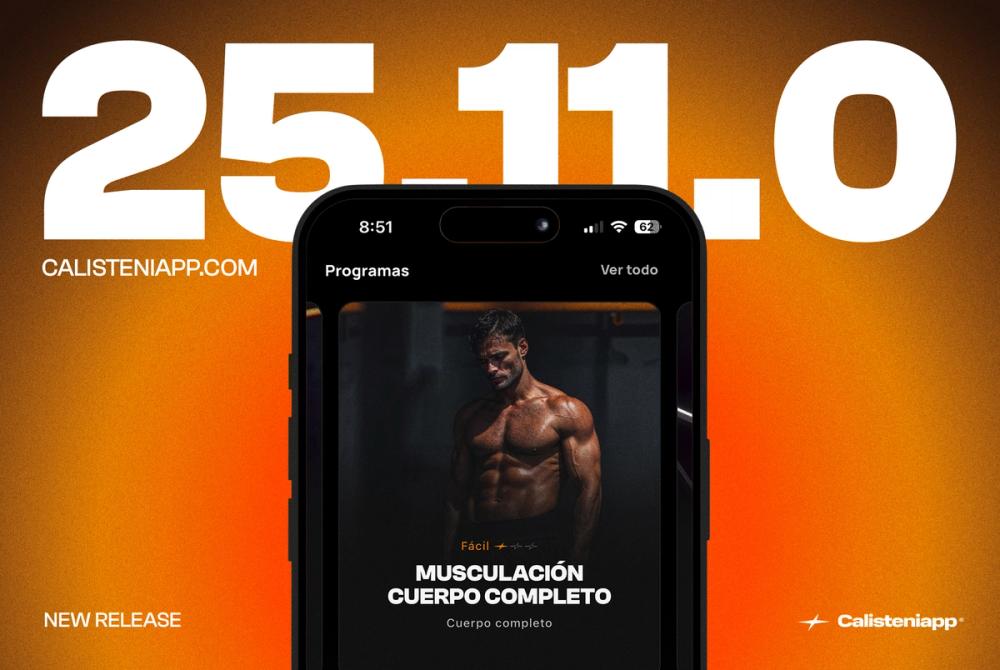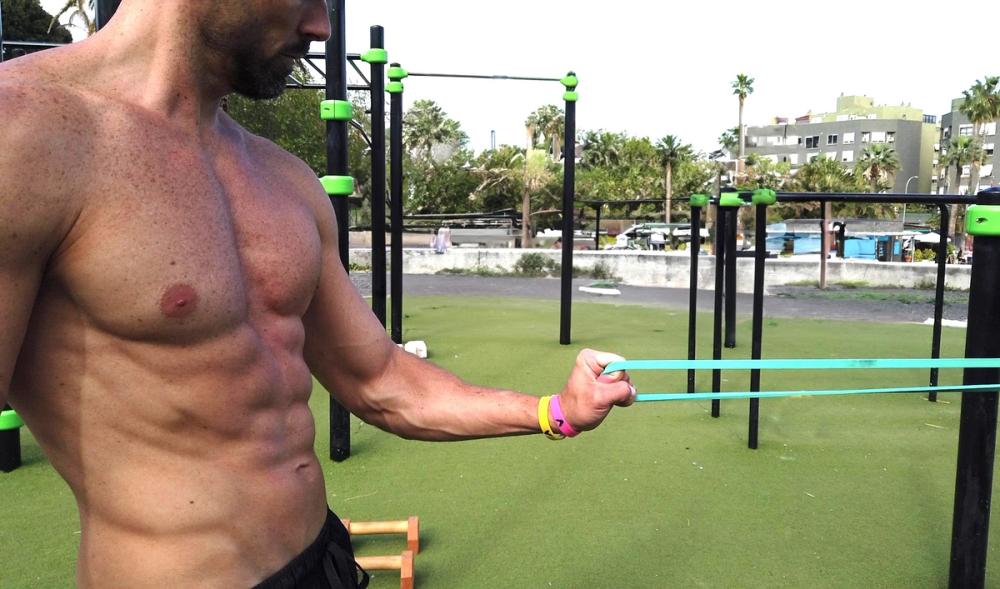
Calisteniapp 10' Workout Challenge
Start training or give your routines a boost with this 21-day Calisthenics challenge for all levels that will put your discipline to the test.

One of the most common mistakes I’ve observed in skill training is the obsession with achieving the strictest and most perfect technique from the very start. It’s common to see people attempting a handstand with fully locked arms, ears aligned over the biceps, head between the shoulders, a completely straight back with posterior pelvic tilt, extended legs, and pointed toes—without even having learned how to balance first. In other words, they try to perform the hardest version of the handstand without going through the essential phase of “learning to do it wrong” progressively.
When someone aims to execute a handstand with all these technical details from day one, the result is often frustrating. It’s like trying to play the violin and expecting to produce a virtuoso melody from the first note. Failing to reach that ideal leads to months—or even years—of unsuccessful attempts, making it feel like no progress is being made at all.

What truly helps us advance in handstands is learning to hold the balance without obsessing over every technical detail right away. I remember when I first started—I learned to sustain a handstand simply by getting into a vertical position, even if my elbows were slightly bent, my back curved, my knees flexed, and my gaze fixed on the ground. This “imperfect form” allows for small victories, daily progress, and, most importantly, keeps motivation high.
Once you can consistently hold your balance, it’s time to refine the movement. Little by little, you’ll work on:
Each of these adjustments contributes to a more polished technique, but they can only be mastered after developing basic balance. This progressive approach makes learning more realistic and rewarding, avoiding the long period of frustration many people experience when trying to be perfect from the start.

It’s important to note that this progressive method is ideal for most self-taught calisthenics athletes. Interestingly, when it comes to children, strict technique can often be learned more quickly, as their physical capabilities and ability to absorb new movements are very different. However, for an adult or a beginner in calisthenics, focusing on balance and accepting a less refined execution at first is the key to progressing steadily and safely.
If you’re just starting to learn the handstand—or any other technical skill—don’t get caught up in the ideal of absolute perfection from the beginning. First, learn to balance, celebrate each small victory, and, over time, you’ll refine all the details that make up a clean and effective technique. Remember: real progress is built step by step, and every mistake is an opportunity to improve.
I hope this approach helps you and encourages you to enjoy the learning process. Keep at it—steady and consistent!
If you need a training program to learn the handstand, you can check out the one available in our Calisteniapp.
By Yerai Alonso

Yerai Alonso
Cofundador de Calisteniapp, referente en calistenia y el street workout en Español. Con más de una década de experiencia, es creador de uno de los canales de YouTube más influyentes del sector. Autor del libro La calle es tu gimnasio, campeón de Canarias y jurado en competiciones nacionales e internacionales.
Join our newsletter
Learn everything you need to know about calisthenics

Start training or give your routines a boost with this 21-day Calisthenics challenge for all levels that will put your discipline to the test.

Calisteniapp is a symbol that represents our obsession with excellence, our essence, and the path we want to define for the next ten years.

Descubre los mejores ejercicios de antebrazo para calistenia. Mejora fuerza, agarre y control corporal con entrenamientos efectivos sin pesas.
